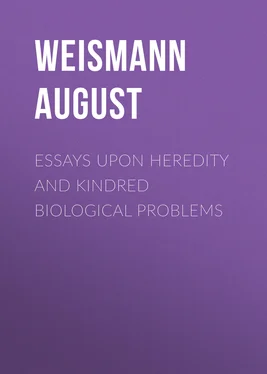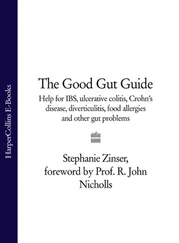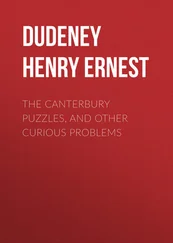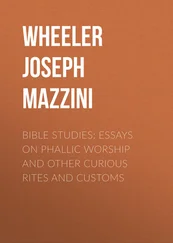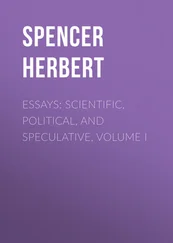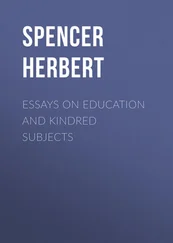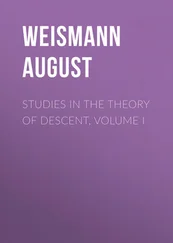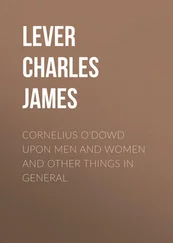August Weismann - Essays Upon Heredity and Kindred Biological Problems
Здесь есть возможность читать онлайн «August Weismann - Essays Upon Heredity and Kindred Biological Problems» — ознакомительный отрывок электронной книги совершенно бесплатно, а после прочтения отрывка купить полную версию. В некоторых случаях можно слушать аудио, скачать через торрент в формате fb2 и присутствует краткое содержание. Жанр: foreign_antique, Биология, на английском языке. Описание произведения, (предисловие) а так же отзывы посетителей доступны на портале библиотеки ЛибКат.
- Название:Essays Upon Heredity and Kindred Biological Problems
- Автор:
- Жанр:
- Год:неизвестен
- ISBN:нет данных
- Рейтинг книги:5 / 5. Голосов: 1
-
Избранное:Добавить в избранное
- Отзывы:
-
Ваша оценка:
- 100
- 1
- 2
- 3
- 4
- 5
Essays Upon Heredity and Kindred Biological Problems: краткое содержание, описание и аннотация
Предлагаем к чтению аннотацию, описание, краткое содержание или предисловие (зависит от того, что написал сам автор книги «Essays Upon Heredity and Kindred Biological Problems»). Если вы не нашли необходимую информацию о книге — напишите в комментариях, мы постараемся отыскать её.
Essays Upon Heredity and Kindred Biological Problems — читать онлайн ознакомительный отрывок
Ниже представлен текст книги, разбитый по страницам. Система сохранения места последней прочитанной страницы, позволяет с удобством читать онлайн бесплатно книгу «Essays Upon Heredity and Kindred Biological Problems», без необходимости каждый раз заново искать на чём Вы остановились. Поставьте закладку, и сможете в любой момент перейти на страницу, на которой закончили чтение.
Интервал:
Закладка:
The process of fission in the Amoeba has been recently much discussed, and I am well aware that the life of the individual is generally believed to come to an end with the division which gives rise to two new individuals, as if death and reproduction were the same thing. But this process cannot be truly called death. Where is the dead body? what is it that dies? Nothing dies; the body of the animal only divides into two similar parts, possessing the same constitution. Each of these parts is exactly like its parent, lives in the same manner, and finally also divides into two halves. As far as these organisms are concerned, death can only be spoken of in the most figurative sense.
There are no grounds for the assumption that the two halves of an Amoeba are differently constituted internally, so that after a time one of them will die while the other continues to live. Such an idea is disproved by a recently discovered fact. It has been noticed in Euglypha (one of the Foraminifera) and in other low animals of the same group, that when division is almost complete, and the two halves are only connected by a short strand, the protoplasm of both parts begins to circulate, and for some time passes backwards and forwards between the two halves. A complete mingling of the whole substance of the animal and a resulting identity in the constitution of each half is thus brought about before the final separation [See Note 10].
The objection might perhaps be raised that, if the parent animal does not exactly die, it nevertheless disappears as an individual. I cannot however let this pass unless it is also maintained that the man of to-day is no longer the same individual as the boy of twenty years ago. In the growth of man, neither structure nor the components of structure remain precisely the same; the material is continually changing. If we can imagine an Amoeba endowed with self-consciousness, it might think before dividing ‘I will give birth to a daughter,’ and I have no doubt that each half would regard the other as the daughter, and would consider itself to be the original parent. We cannot however appeal to this criterion of personality in the Amoeba, but there is nevertheless a criterion which seems to me to decide the matter: I refer to the continuity of life in the same form.
Now if numerous organisms, endowed with the potentiality of never-ending life, have real existence, the question arises as to whether the fact can be understood from the point of view of utility. If death has been shown to be a necessary adaptation for the higher organisms, why should it not be so for the lower also? Are they not decimated by enemies? are they not often imperfect? are they not worn out by contact with the external world? Although they are certainly destroyed by other animals, there is nothing comparable to that deterioration of the body which takes place in the higher organisms. Unicellular animals are too simply constructed for this to be possible. If an infusorian is injured by the loss of some part of its body, it may often recover its former integrity, but if the injury is too great it dies. The alternative is always perfect integrity or complete destruction.
We may now leave this part of the subject, for it is obvious that normal death, that is to say, death which arises from internal causes, is an impossibility among these lower organisms. In those species at any rate in which fission is accompanied by a circulation of the protoplasm of the parent, the two halves must possess the same qualities. Since one of them is endowed with a potentiality for unending life, and must be so endowed if the species is to persist, it is clear that the other exactly similar half must be endowed with equal potentiality.
Let us now consider how it happened that the multicellular animals and plants, which arose from unicellular forms of life, came to lose this power of living for ever.
The answer to this question is closely bound up with the principle of division of labour which appeared among multicellular organisms at a very early stage, and which has gradually led to the production of greater and greater complexity in their structure.
The first multicellular organism was probably a cluster of similar cells, but these units soon lost their original homogeneity. As the result of mere relative position, some of the cells were especially fitted to provide for the nutrition of the colony, while others undertook the work of reproduction. Hence the single group would come to be divided into two groups of cells, which may be called somatic and reproductive—the cells of the body as opposed to those which are concerned with reproduction. This differentiation was not at first absolute, and indeed it is not always so to-day. Among the lower Metazoa, such as the polypes, the capacity for reproduction still exists to such a degree in the somatic cells, that a small number of them are able to give rise to a new organism,—in fact new individuals are normally produced by means of so-called buds. Furthermore, it is well known that many of the higher animals have retained considerable powers of regeneration; the salamander can replace its lost tail or foot, and the snail can reproduce its horns, eyes, etc.
As the complexity of the Metazoan body increased, the two groups of cells became more sharply separated from each other. Very soon the somatic cells surpassed the reproductive in number, and during this increase they became more and more broken up by the principle of the division of labour into sharply separated systems of tissues. As these changes took place, the power of reproducing large parts of the organism was lost, while the power of reproducing the whole individual became concentrated in the reproductive cells alone.
But it does not therefore follow that the somatic cells were compelled to lose the power of unlimited cell-production, although in accordance with the law of heredity, they could only give rise to cells which resembled themselves, and belonged to the same differentiated histological system. But as the fact of normal death seems to teach us that they have lost even this power, the causes of the loss must be sought outside the organism, that is to say, in the external conditions of life; and we have already seen that death can be very well explained as a secondarily acquired adaptation. The reproductive cells cannot lose the capacity for unlimited reproduction, or the species to which they belong would suffer extinction. But the somatic cells have lost this power to a gradually increasing extent, so that at length they became restricted to a fixed, though perhaps very large number of cell-generations. This restriction, which implies the continual influx of new individuals, has been explained above as a result of the impossibility of entirely protecting the individual from accidents, and from the deterioration which follows them. Normal death could not take place among unicellular organisms, because the individual and the reproductive cell are one and the same: on the other hand, normal death is possible, and as we see, has made its appearance, among multicellular organisms in which the somatic and reproductive cells are distinct.
I have endeavoured to explain death as the result of restriction in the powers of reproduction possessed by the somatic cells, and I have suggested that such restriction may conceivably follow from a limitation in the number of cell-generations possible for the cells of each organ and tissue. I am unable to indicate the molecular and chemical properties of the cell upon which the duration of its power of reproduction depends: to ask this is to demand an explanation of the nature of heredity—a problem the solution of which may still occupy many generations of scientists. At present we can hardly venture to propose any explanation of the real nature of heredity.
But the question must be answered as to whether the kind and degree of reproductive power resides in the nature of the cell itself, or in any way depends upon the quality of its nutriment.
Читать дальшеИнтервал:
Закладка:
Похожие книги на «Essays Upon Heredity and Kindred Biological Problems»
Представляем Вашему вниманию похожие книги на «Essays Upon Heredity and Kindred Biological Problems» списком для выбора. Мы отобрали схожую по названию и смыслу литературу в надежде предоставить читателям больше вариантов отыскать новые, интересные, ещё непрочитанные произведения.
Обсуждение, отзывы о книге «Essays Upon Heredity and Kindred Biological Problems» и просто собственные мнения читателей. Оставьте ваши комментарии, напишите, что Вы думаете о произведении, его смысле или главных героях. Укажите что конкретно понравилось, а что нет, и почему Вы так считаете.
